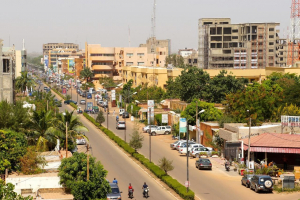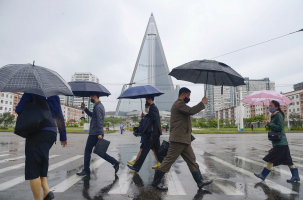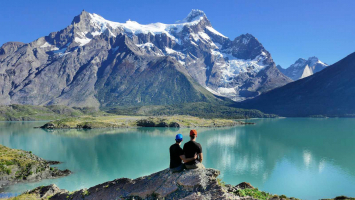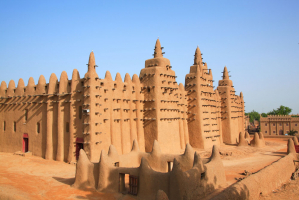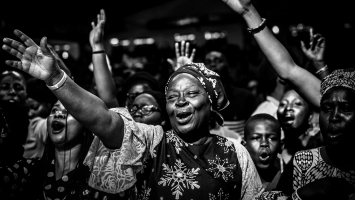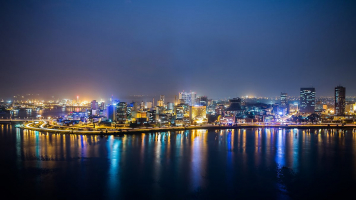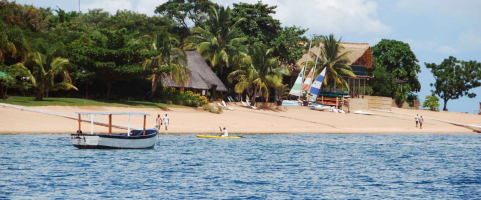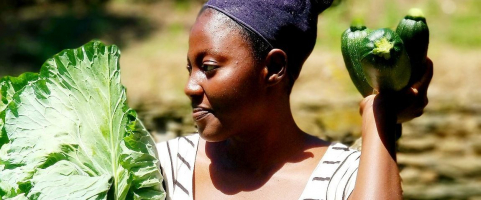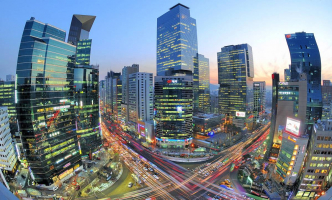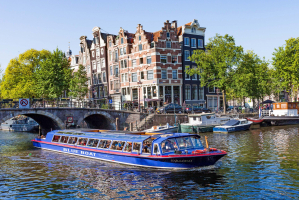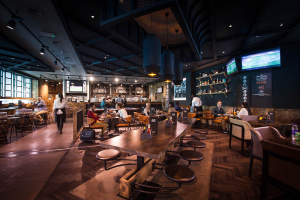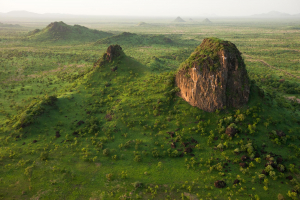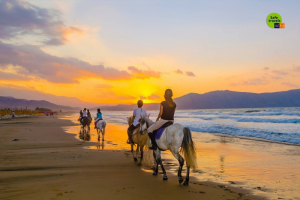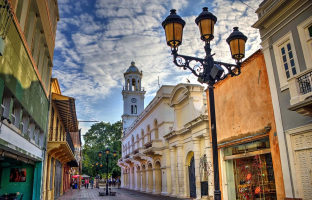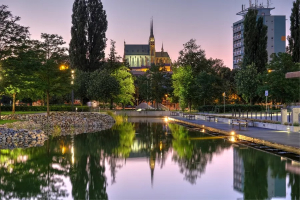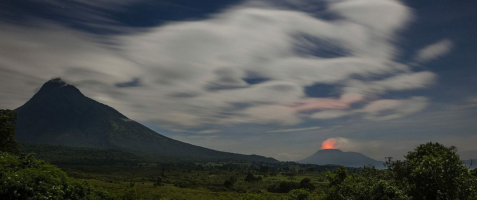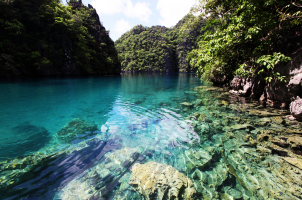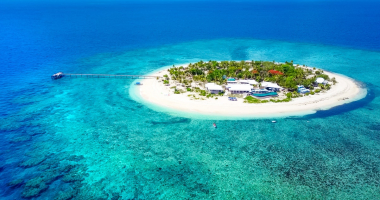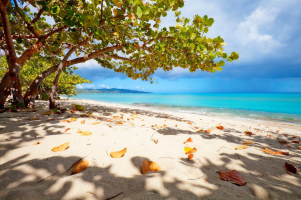Top 11 Things About Sri Lanka You Should Know Before Travelling
Sri Lanka is an island republic off the south-east coast of India. It's a tropical haven with white sand beaches, abundant wildlife, and delectable cuisine. ... read more...The Pearl of the Indian Ocean, this is the ideal location for a vacation filled with ancient history and a taste of South Asian culture, as well as mountain climbs and a variety of watersports. Sri Lanka is endowed with spectacular landscapes, historic capitals, and temples that are considered to be of international significance. There are eight UNESCO World Heritage Sites in the country. Toplist has compiled a list of the things about Sri Lanka you should know before travelling.
-
Is it safe to travel to Sri Lanka? While there are some precautions that visitors to Sri Lanka should take, the country as a whole is relatively safe. For some historical backdrop, Sri Lanka was ravaged by a horrific civil war from 1983 to 2009, which kept most tourists away. However, since the end of the war, Sri Lanka has been steadily rebuilding its tourism industry, and each year, an increasing number of tourists visit this beautiful country. Unfortunately, the administration of the country has had to proclaim a state of emergency twice since then. One was enforced in early 2018 as a result of violence between the island's Sinhalese and Muslim communities, especially around Kandy. Sri Lanka throughout that year had political turbulence and instability, as well as protests.
On Easter Sunday in 2019, Islamist militants bombed churches and hotels, killing 258 people. The Shangri-La Hotel, Cinnamon Grand Hotel, The Kingsbury, and the Tropical Inn in Colombo were among the hotels bombed. The bloodiest attack took place near the main Bandaranaike International Airport in Negombo, inside a church. The US government has issued a Level 2 Travel Advisory for Sri Lanka, indicating that visitors should proceed with caution. France, Mexico, and the United Kingdom are among the countries having a Level 2 advisory.As with any destination, take the essential precautions to safeguard your safety. When crossing busy roads, exercise the same caution you would when driving in any unknown location, and always look both ways.
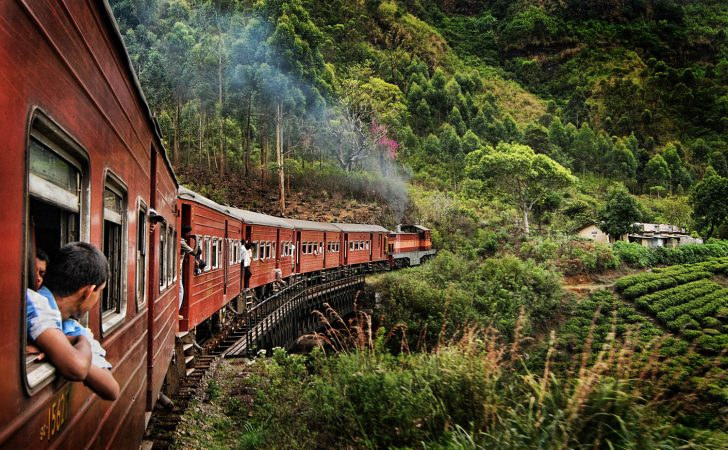
https://www.travelsafe-abroad.com/ 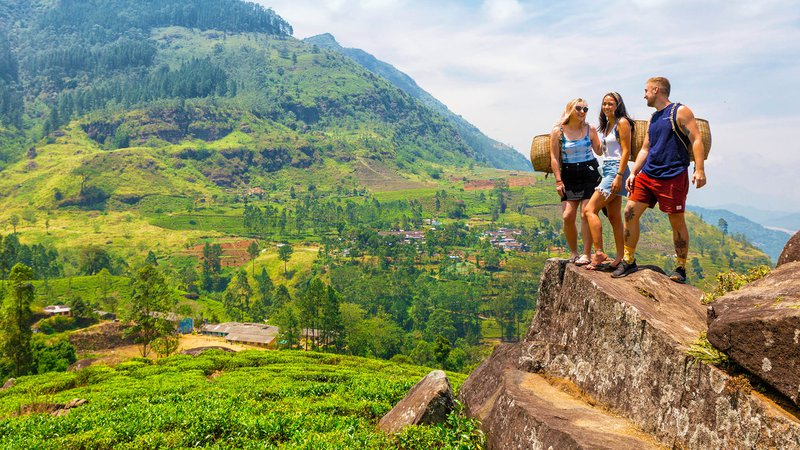
https://www.introtravel.com/ -
Sri Lankan cuisine is frequently regarded as a milder variant of Indian cuisine (even though there are so many different types of Indian cuisine). Colorful curries, rice and roti, string hoppers (steamed rice noodles), kottu (a carb-heavy diced roti dish commonly served with vegetables, eggs, or chicken), plenty of fresh seafood from the Indian Ocean, and an abundance of excellent tropical fruit are all staples of Sri Lankan cuisine. This is one of the things about Sri Lanka you should know before travelling.
Also, try some of the local tea, as tea production, as well as spices like cinnamon, is a big sector in the country. Dilmah is the most well-known tea brand, and it is frequently available for free in hotels. Touring a tea plantation and staying at a nearby hotel, such as the Madulkelle Tea and Eco Lodge, is a great way to get a more personalized tea experience. The premium lodge is situated on a beautiful hillside, where visitors can even choose their own tea.
There is no shortage of Sri Lankan food in the country, but if you're looking for more "strange" dishes (i.e., American favorites like burgers and pasta), you could have problems finding something that meets your expectations. Again, many of these dishes require pricey, difficult-to-find ingredients that are frequently highly processed copies of what we obtain at home due to the great distances they must travel to reach the island. Most locations will also provide western cuisine, and the cost of dining out in Sri Lanka will vary depending on where you eat; as you might expect, a large hotel will be more expensive than a modest seaside shack.
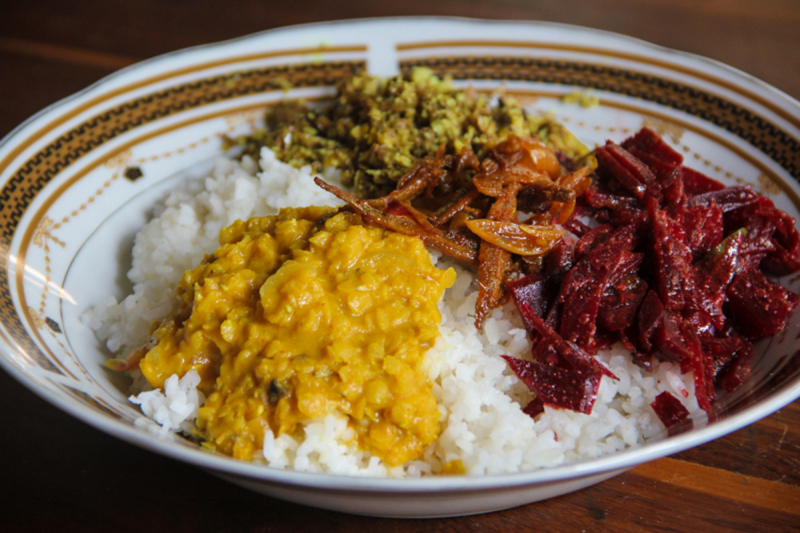
https://edition.cnn.com/ 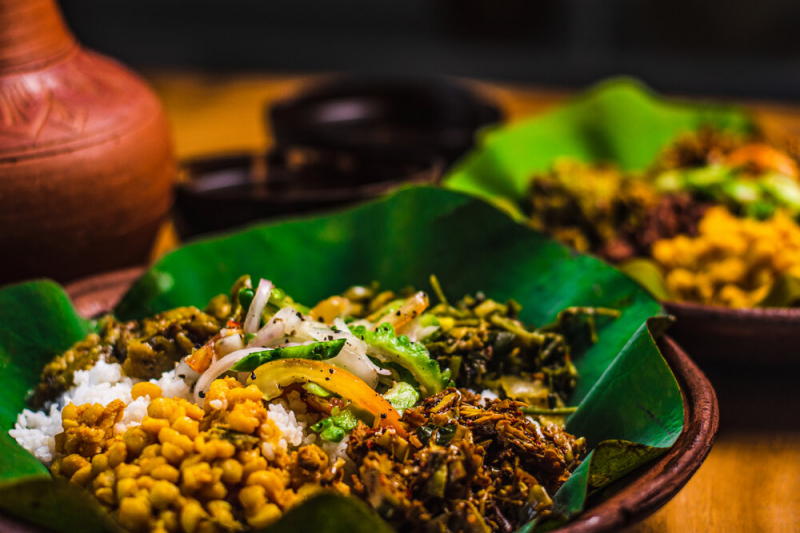
https://www.hyphenatedmagazine.com/ -
Sri Lanka is just about 430 kilometers tall and 220 kilometers wide (about the same size as Tasmania, Australia, or Lithuania), and while it may appear to be a blip on the globe map, getting from point A to point B can take hours and hours, especially along the coastal belts. Expect to wait for herds of cows and buffalo to cross the road, the occasional monkey and stray dog tearing through traffic, crazy bus drivers continuously risking head-on collisions, and occasionally even a stubborn elephant in the center of the road.
Booking a private car and driver from point to point (which you can do easily through your hotel) is the quickest and most efficient way to travel around Sri Lanka; however, do not expect the prices to be dirt cheap, as fuel prices are not significantly lower than elsewhere in the world, and the standard of living and wages is fairly high.
Hiring a car and driving around on your own is common in Sri Lanka, and the police may ask you to show a special license that can only be obtained in Colombo (and is not the same as an International Driver's Permit) – without the proper credentials, your travel insurance may not cover any expenses if you are involved in an accident. You could definitely rent a car in Colombo, but your best chance for getting about the nation is to hire a driver or take the train.
Train travel is popular in Sri Lanka because it is inexpensive and somewhat reliable (ish), with routes connecting the country's most popular tourist sites. While tickets can be reserved in person at a railway station up to 45 days before the trip or online via this new Sri Lanka train booking service, scenic routes fill up quickly.
Traveling by bus is also quite inexpensive, but it is not recommended because the drivers are utter lunatics! A tuk tuk, or three-wheeler, is the way to go if you are traveling a short distance (less than an hour). Riding in a tuk tuk is an adventure in and of itself; just make sure you and the driver agree on a fare before you get in. This is one of the things about Sri Lanka you should know before travelling.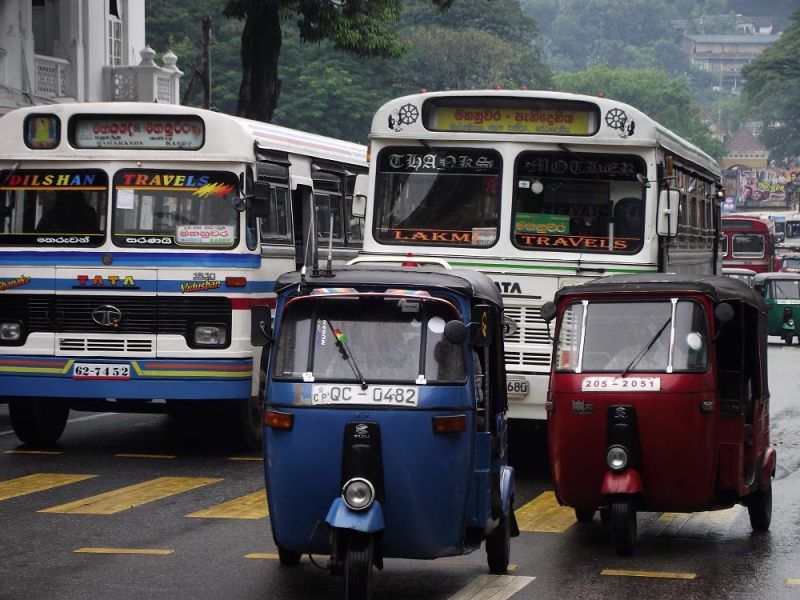
https://www.tamilguardian.com/ 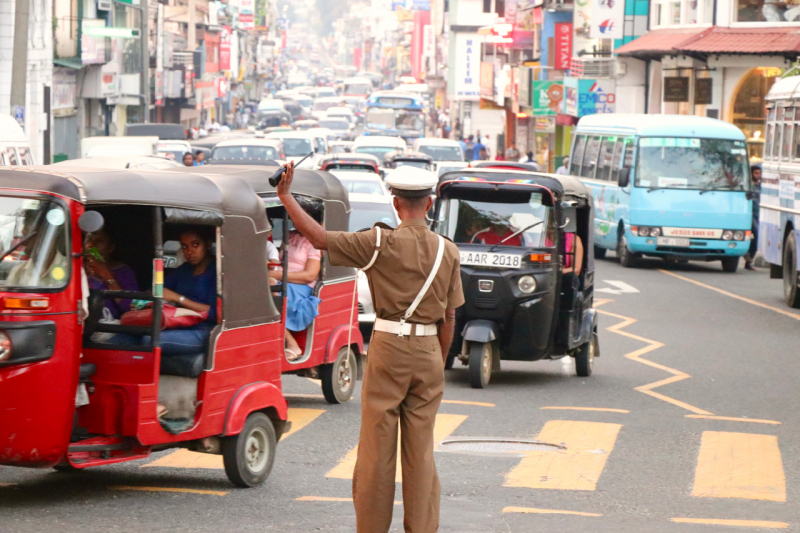
https://spinthewindrose.com/ -
Traveling across Sri Lanka is inexpensive, but not as inexpensive as other Southeast/South Asian nations, particularly if you stay in a boutique or luxury hotel. The Sri Lankan Rupee (not to be confused with the Indian Rupee) is the country's currency, and the conversion rate typically ranges from $1 to 175-185 LKR (currently closer to 250-260 due to the post-pandemic economic slowdown and currency depreciation) or 1 Euro to 225 LKR (now closer to 280). In Sri Lanka, there are several outlets to convert money, as well as ATMs in towns like Colombo and Galle where you can withdraw cash.
When compared to nations such as India, Vietnam, Thailand, Indonesia, Laos, and others, Sri Lankan accommodation prices (as well as the cost of life) are often greater. Luxury hotels such as Shangri-Hambantota La's Resort, Anantara Tangalle, Anantara Kalutara, and Madulkelle Tea & Eco Lodge are springing up everywhere, and a 5-star or boutique hotel can cost anywhere from US$300 to 1000 per night – seriously! On a tight budget? You won't go hungry because you can eat at local restaurants and sample the street food and fresh products.
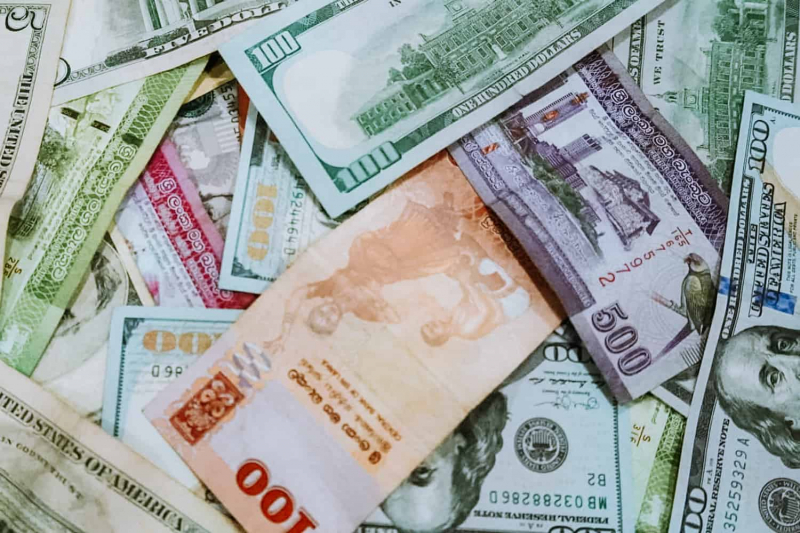
https://travellersisle.com/ 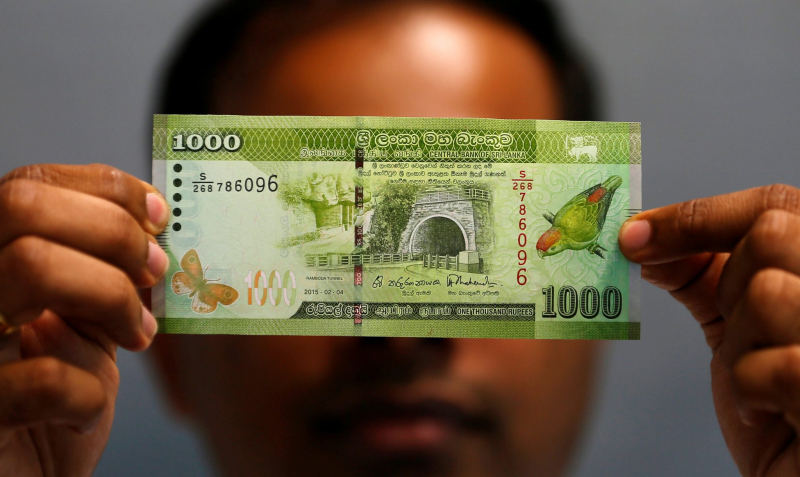
https://www.eastasiaforum.org/ -
Is there a good time to visit Sri Lanka? Because Sri Lanka is a tropical country, anticipate plenty of sunshine and blue skies almost all year. If you want to get scientific, the island has two monsoon seasons: northeast (December to March) and southwest (June to October); nonetheless, you can visit Sri Lanka at any time of year. This is one of the things about Sri Lanka you should know before travelling.
While there are "rainy seasons," they are nowhere near as bad as those in Laos or Thailand; it often rains in the evenings and the sun shines the next day. People love to tell you that you shouldn't visit Sri Lanka during the "rainy season," but this is a ruse – don't let them talk you out of visiting southern Sri Lanka from June to September, when it's more quieter and less crowded.
For your information, the southern province's peak season is from November to January (be mentally prepared for big crowds if you visit Sri Lanka in December around Christmas or New Year's Eve), and the east coast's high season (including Arugam Bay) is from June to August. The central highlands and locations like Ella are accessible all year, but the rainy season runs from September to November.You should also be aware that Sri Lanka has a variety of temperatures, so if you're going the hill area, you may need to bring a sweatshirt or two. In the past, the temperature in Nuwara Eliya, Kandy, and Ella dropped to 14-17 degrees Celsius (57-62 degrees Fahrenheit) in the mornings and evenings — not exactly what you'd expect from a tropical island!
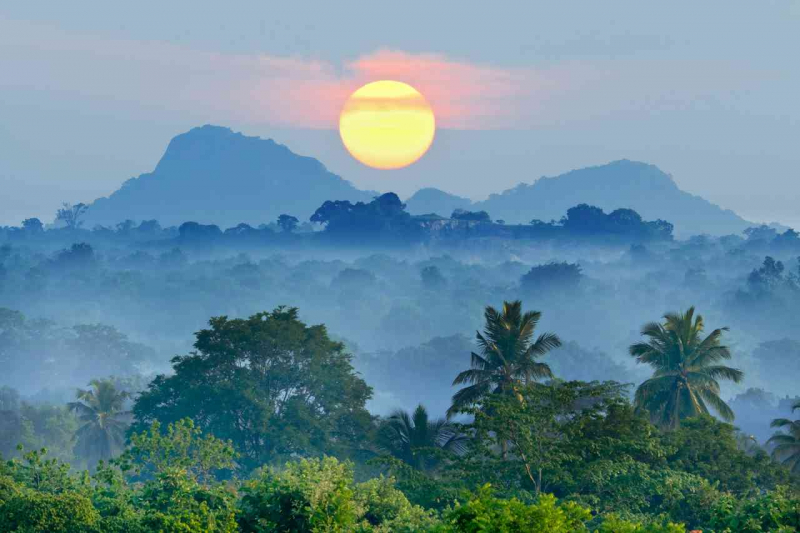
https://www.travelguideline.net/ 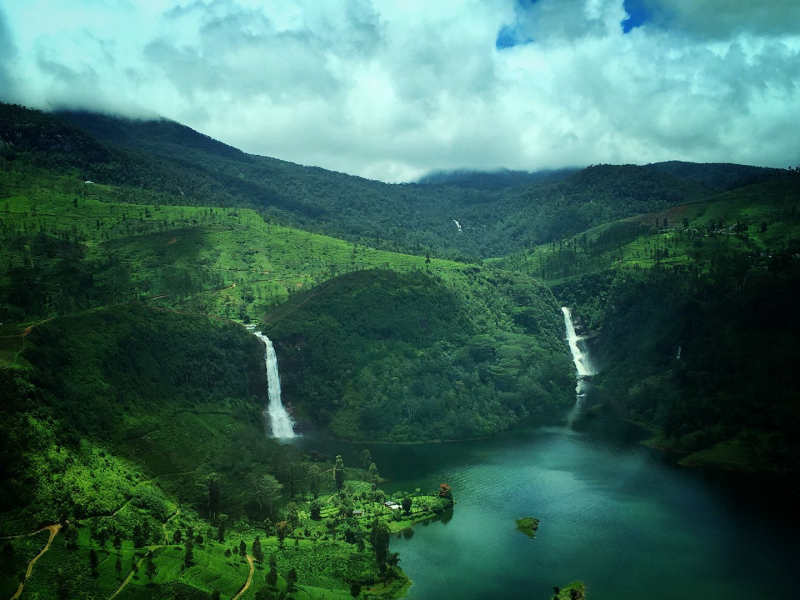
https://www.pinterest.com/ -
Sri Lanka is a photographer's dream, and visitors will be able to capture magnificent images of the country and people. You'll need an extra SD card or to upgrade your cloud storage!
If you want to fly your drone in Sri Lanka, you must first register it with the Civil Aviation Authority, otherwise you risk getting punished by the police and having your drone taken away. Any drone with a camera must be registered through the official website, which takes about 10 working days to approve.
First-time visitors to Sri Lanka should be aware that some photo opportunities, such as with the famed stilt fisherman, are not free, and that few people still fish this way because it is easier to charge tourists for a photograph. Tip: the "going rate" is 500-1000 LKR, particularly if the fisherman are already on stilts.
The photo-friendliness of Sri Lanka, however, is a double-edged sword. To get the most out of your trip to Sri Lanka, avoid using it as an Instagram backdrop, get permission before taking portrait shots of people, and keep track of your time there.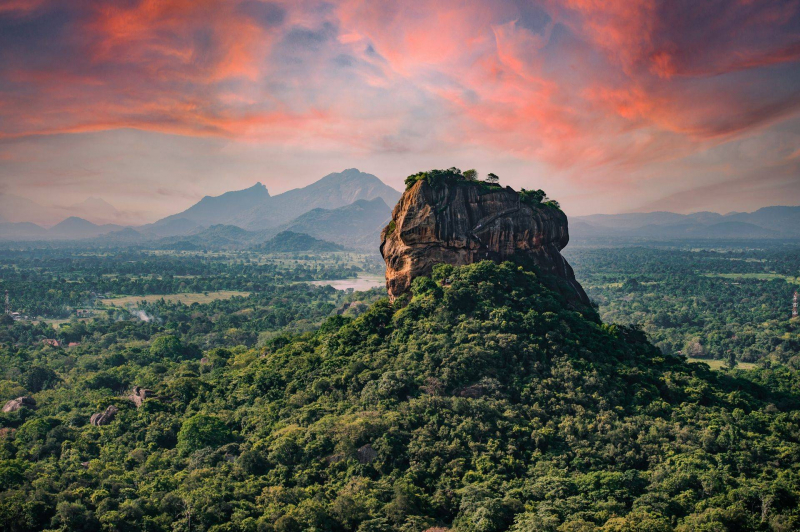
https://www.naturetrek.co.uk/ 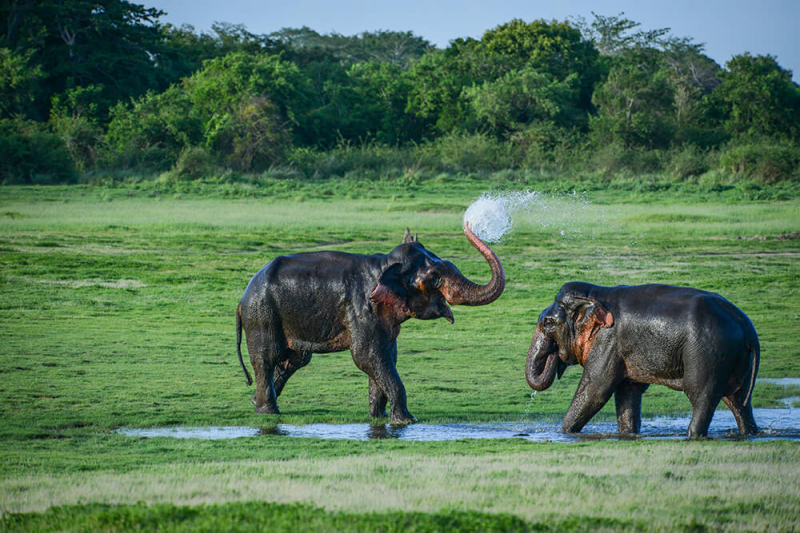
https://www.bluelankatours.com/ -
Citizens of all nations, excluding the Maldives, Seychelles, and Singapore, require visas to enter Sri Lanka. Tourists must have a passport valid for at least six months beyond their intended departure date from Sri Lanka, as well as an Electronic Travel Authorization (ETA) or a visa. The simplest approach to obtain a visa is to complete an online application, pay a fee, print the visa, and bring it to Sri Lanka to be stamped by immigration officers.
Travelers can also wait to buy a visa on arrival, although this will add time to the procedure. A Sri Lankan visa can be obtained on arrival at the airport for US$40 in cash. The disadvantage is that there are only a few counters, and you may wind yourself waiting in line for a long time during peak travel season, therefore applying for the visa online is recommended. The visa charge has been eliminated for travelers from 48 countries, including the United States, the United Kingdom, and Australia, until February 2020, in an effort to increase tourism following the Easter assaults.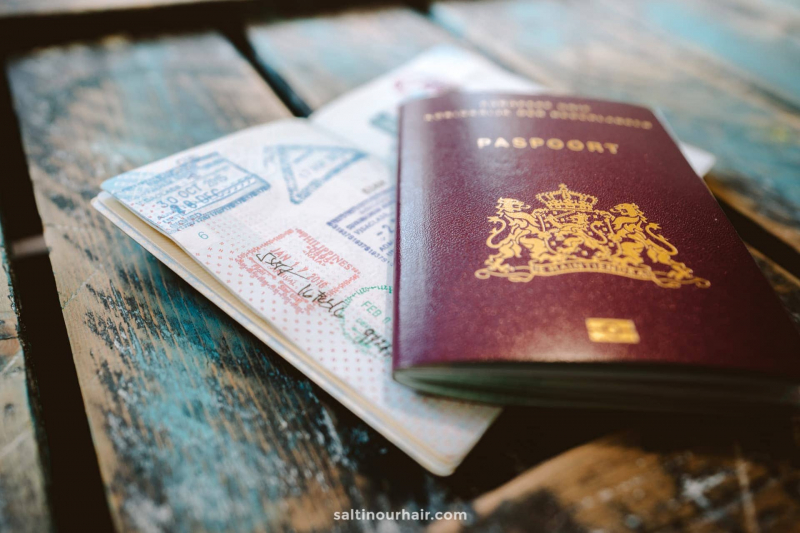
https://www.saltinourhair.com/ 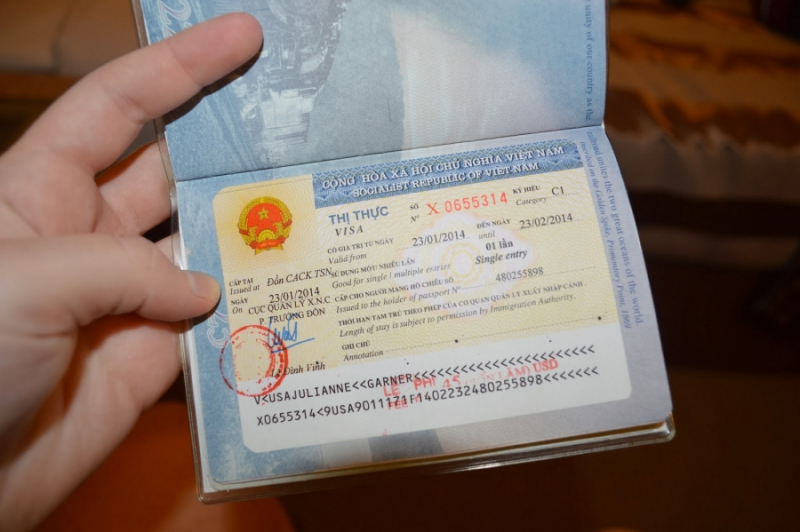
https://www.visa-vietnam.org/ -
Because the tap water in Sri Lanka is unsafe to drink, visitors should only drink bottled reverse osmosis water, which should be checked for expiration dates. In Sri Lanka, avoid drinking the tap water. Although it's chlorinated and safe to drink, the strange microorganisms it contains (in comparison to what you're used to at home) can cause stomach trouble. Also, stay away from ice unless you're certain it was prepared with boiling or filtered water.
You may or may not want to settle for a salad, depending on how sensitive your stomach is, because the greens may have been rinsed in tap water. Additionally, clean your teeth with bottled water and avoid eating from dodgy food booths. To prevent against contaminated food and water, the CDC recommends taking the Hepatitis A and Typhoid vaccines before visiting Sri Lanka.
Mineral water is freely accessible, but be sure the seal hasn't been broken — bottles have been known to be replaced with tap water. Whatever precautions you take, you'll still come into contact with local water at some time — your eating utensils will be cleansed in it, and it will very certainly be used without your knowledge in things like fruit juices – so don't worry.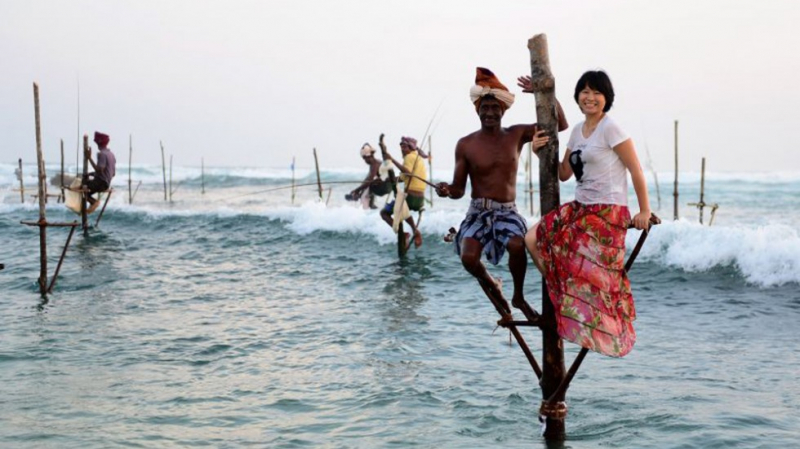
https://twitter.com/ 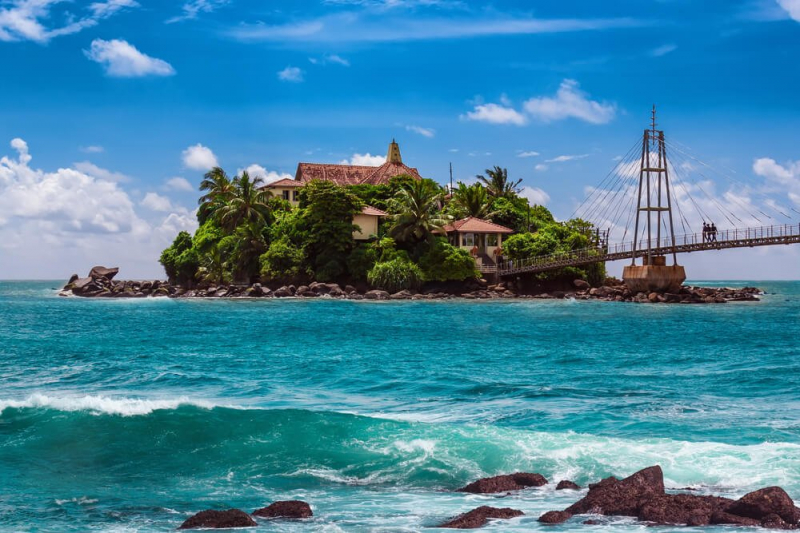
https://www.thebrokebackpacker.com/ -
According to a Trip Advisor article, the Sri Lankan population is generally quite tolerant in terms of the types of attire that are tolerated. When it comes to acceptable clothing to wear in the scorching heat, the same criteria apply as they do in Europe: breathable materials like linen and cotton, shirts, jeans, and sun-hats are all appropriate for the high temperatures that Sri Lanka sees each season. These are all examples of traditional apparel that may be easily packed into your suitcase or purchased for a reasonable price once you arrive in the nation.
The benefits of wearing light-weight, loose-fitting clothing include the ability to wear them from day to night and accessorize with jewelry while still maintaining a reduced body temperature. If you're looking for some fashion ideas, check out The Style Traveller, one of the many helpful blogs available. Alternatively, you may acquire an inexpensive disposable camera and take some street style photos of stylish people roaming around Sri Lankan cities throughout your vacation.
Despite the island's thriving tourism sector, many Sri Lankans are fiercely religious and socially conservative. Swimwear is appropriate for the beach, but not for exploring the city. On any Sri Lankan beach, going naked or topless is prohibited.
When visiting sacred sites, avoid wearing attire that exposes the legs, upper arms, or shoulders. Public displays of affection, as well as loud or brash behavior and losing your temper in public, are all frowned upon (keep this in mind when haggling - it should never be an angry process). This is one of the things about Sri Lanka you should know before travelling.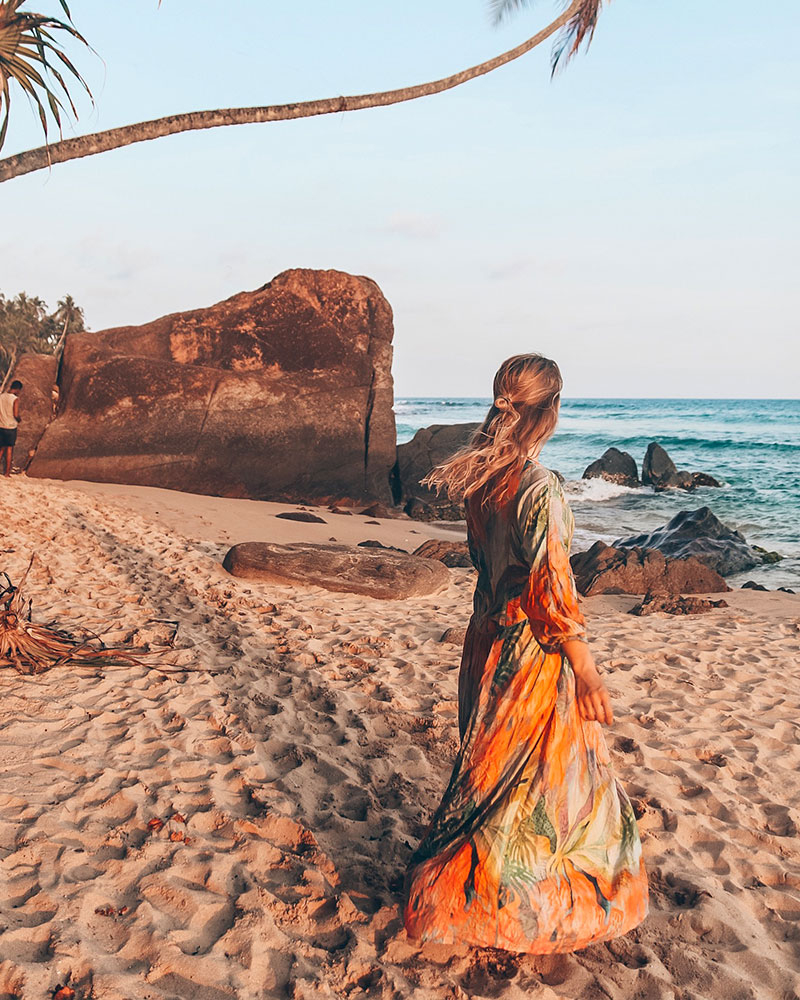
https://solarpoweredblonde.com/ 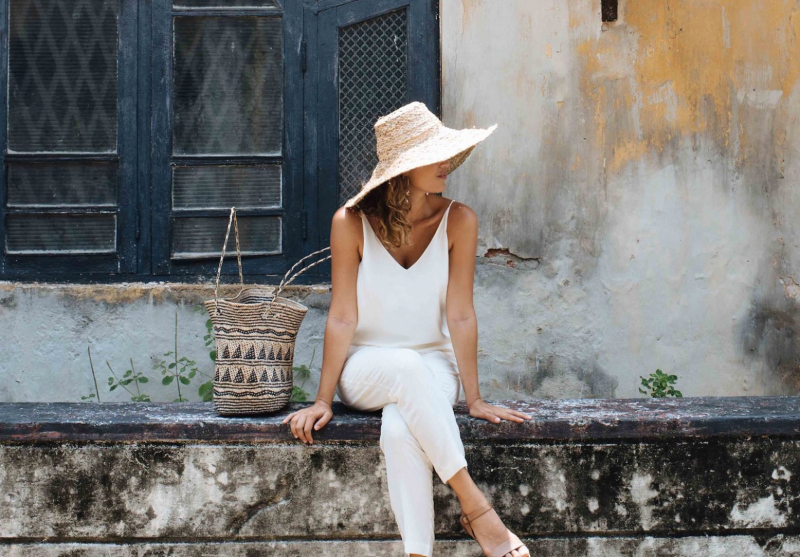
https://collectivegen.com/ -
Scammers are busy around Galle Fort, Kandy, and Colombo's Galle Face Green, looking to defraud or entice tourists. Never buy gems on the street – they're almost definitely fakes made of colored glass – and be wary of any shop seeking to sell you jewels to'sell at a profit back home.' Rather than trusting middlemen, obtain information from official tourist offices and directly from operators.
When traveling by train or bus, particularly when touring congested locations like Colombo's Pettah market district, keep your money and valuables hidden. Tuk-tuk drivers have a reputation of overcharging visitors; ask them to use the meter (and get another tuk-tuk if they refuse), or use Uber or the local app PickMe to get a ride. This is one of the things about Sri Lanka you should know before travelling.
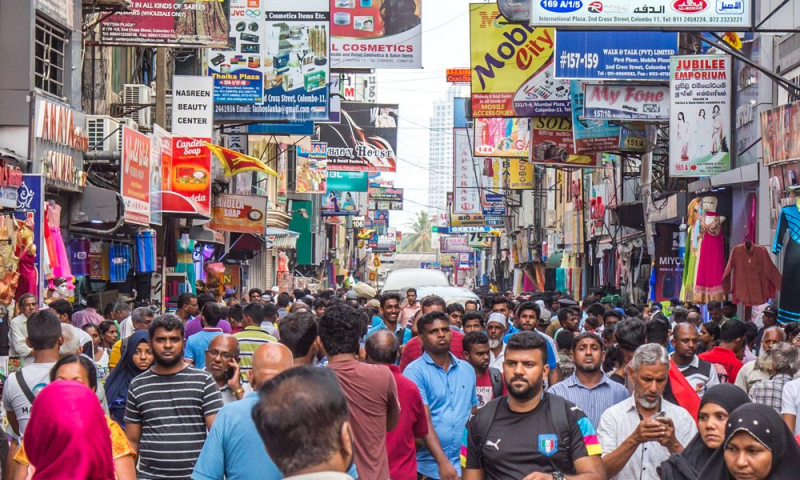
https://srilankaholidayguru.com/ 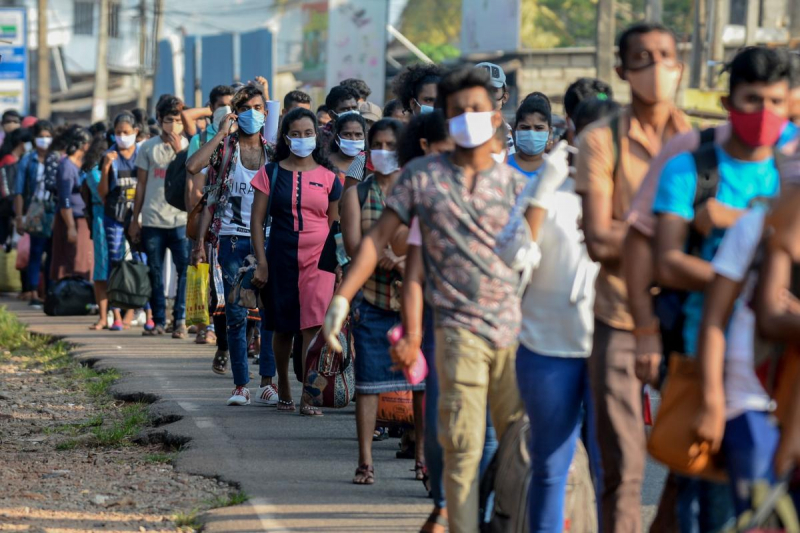
https://www.deccanherald.com/ -
Sri Lanka was one of the countries hardest hit by the Indian Ocean tsunami of 2004, which killed over 35,000 people and wreaked havoc on several coastal towns. Early warning systems have been installed in large towns and resorts in the aftermath of the disaster, but not in rural, isolated places, so be on the lookout for indicators of earthquakes and tsunamis. This is one of the things about Sri Lanka you should know before travelling.
Localized flooding during the southwest and northeast monsoons, which can create landslides in highland areas, is the most common natural disaster in Sri Lanka. Sri Lanka is also susceptible to tropical cyclones and dry spells. Bookmark the country's Disaster Management Center website for up-to-date weather warnings and situation bulletins.
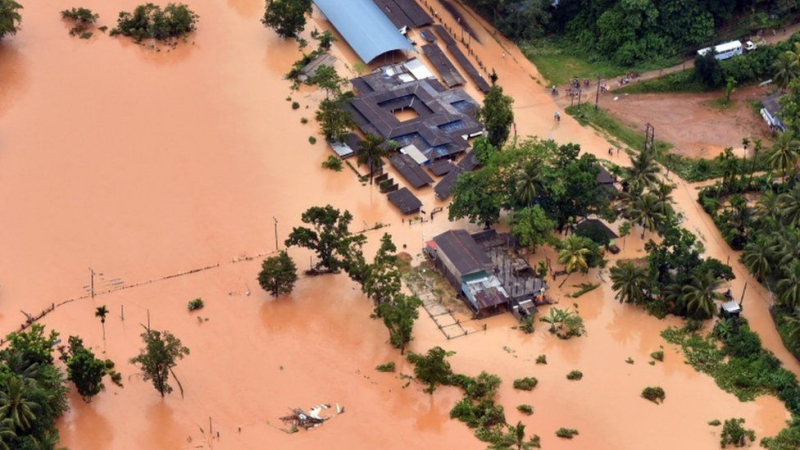
https://www.bbc.com/ 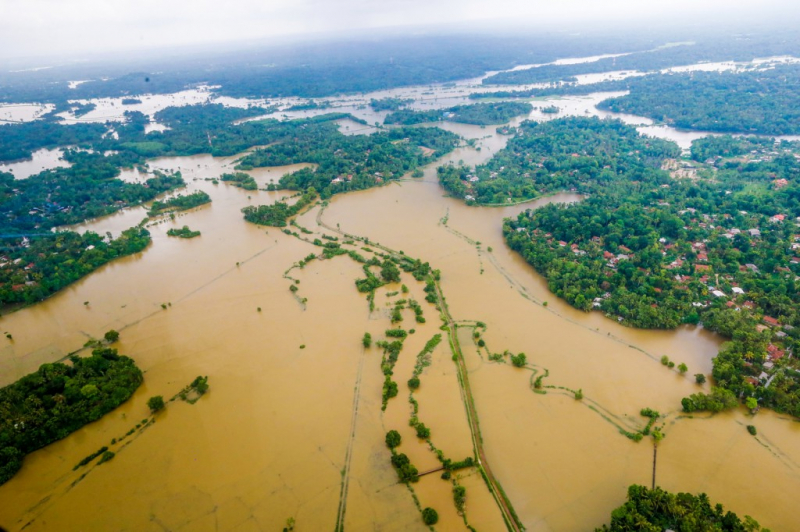
https://floodlist.com/













